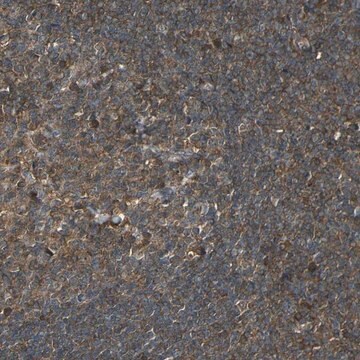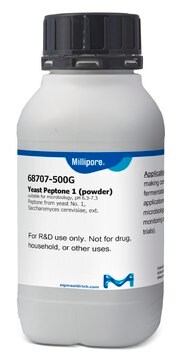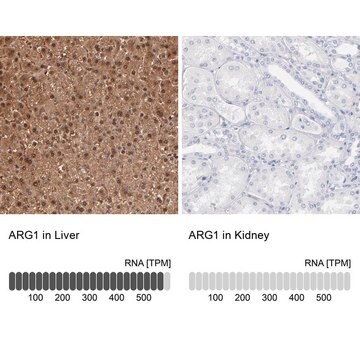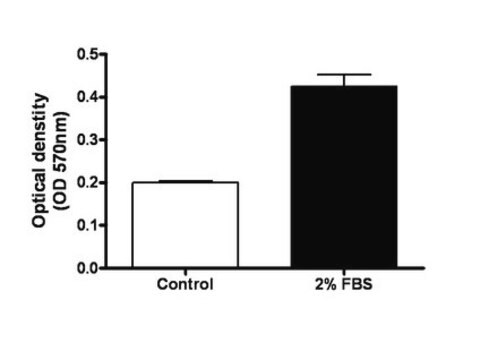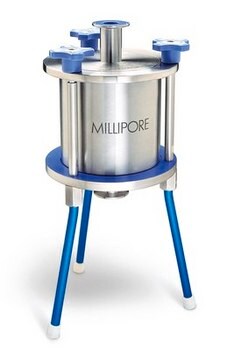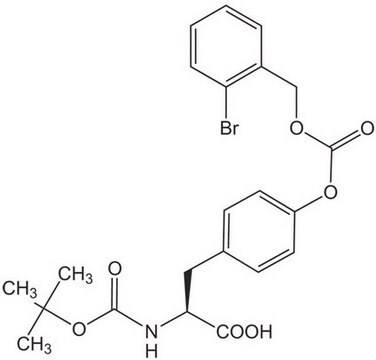MABC1606
Anti-Caspase-8 Antibody, clone 3B10
clone 3B10, from rat
Synonym(s):
EC: 3.4.22.61, CASP-8, MCH5, FLICE, MACH
Sign Into View Organizational & Contract Pricing
All Photos(2)
About This Item
UNSPSC Code:
12352203
eCl@ss:
32160702
NACRES:
NA.41
Recommended Products
biological source
rat
antibody form
purified antibody
antibody product type
primary antibodies
clone
3B10, monoclonal
species reactivity
mouse
packaging
antibody small pack of 25 μg
technique(s)
flow cytometry: suitable
western blot: suitable
isotype
IgG1κ
NCBI accession no.
UniProt accession no.
target post-translational modification
unmodified
Gene Information
mouse ... Casp8(12370)
Related Categories
General description
Caspase-8 (UniProt: O89110; also known as EC: 3.4.22.61, CASP-8, CASP8, MCH5, FLICE, MACH) is encoded by the Casp8 gene (Gene ID: 12370) in murine species. Caspase-8 is a cysteine protease that plays a major role in the extrinsic apoptotic signaling pathway via death receptors. In its inactive form it associates with FADD by interactions between their DED motifs and within the FAS-FADD-Caspase 8 complex caspase 8 undergoes self-cleavage to convert to the active form. Activated caspase 8 is subsequently released to the cytosol and it cleaves downstream effector caspases 3, 4, 6, 7, 9 and 10. Caspase 8 is expressed in wide variety of tissues and its highest expression has been reported in spleen, thymus, lung, liver, and kidney. Low levels of expression are observed in heart, brain, testis, and skeletal muscle. Caspase-8 is produced with propetides (aa 1-218 and 377-387) that are cleaved under appropriate signals to produce a p20 (aa 219-376) and a p10 (aa 388-480) subunit. Active caspase 8 is a heterotetramer that consists of two p20 and two p10 subunits.
Specificity
This rat monoclonal antibody detects Caspase-8 in murine species. It targets an epitope within the p20 subunit.
Immunogen
Recombinant p20 subunit of Mouse Caspase-8.
Application
Anti-Caspase-8, clone 3B10, Cat. No. MABC1606, is a rat monoclonal antibody that detects Caspase-8 and has been tested for use in Flow Cytometry and Western Blotting.
Flow Cytometry Analysis: 1 µg from a representative lot detected Caspase-8 in one million mouse embryonic fibroblasts (MEF-1).
Research Category
Apoptosis & Cancer
Apoptosis & Cancer
Quality
Evaluated by Western Blotting in mouse embryonic fibroblast (MEF-1) cell lysates.
Western Blotting Analysis: 1 µg/mL of this antibody detected Caspase-8 in mouse embryonic fibroblast (MEF-1) cell lysates.
Western Blotting Analysis: 1 µg/mL of this antibody detected Caspase-8 in mouse embryonic fibroblast (MEF-1) cell lysates.
Target description
~55 kDa observed; 55.36 kDa calculated. Uncharacterized bands may be observed in some lysate(s).
Physical form
Format: Purified
Protein G purified
Purified rat monoclonal antibody IgG1 in PBS with 0.02% sodium azide.
Storage and Stability
Stable for 1 year at 2-8°C from date of receipt.
Other Notes
Concentration: Please refer to lot specific datasheet.
Disclaimer
Unless otherwise stated in our catalog or other company documentation accompanying the product(s), our products are intended for research use only and are not to be used for any other purpose, which includes but is not limited to, unauthorized commercial uses, in vitro diagnostic uses, ex vivo or in vivo therapeutic uses or any type of consumption or application to humans or animals.
Not finding the right product?
Try our Product Selector Tool.
Certificates of Analysis (COA)
Search for Certificates of Analysis (COA) by entering the products Lot/Batch Number. Lot and Batch Numbers can be found on a product’s label following the words ‘Lot’ or ‘Batch’.
Already Own This Product?
Find documentation for the products that you have recently purchased in the Document Library.
Wanyuan Chen et al.
Oncology reports, 41(1), 67-76 (2018-10-27)
Pancreatic cancer (PC) is a lethal solid malignancy with resistance to traditional chemotherapy. Recently, considerable studies have demonstrated the ubiquitous antitumor properties of gene therapy mediated by the oncolytic vaccinia virus. The second mitochondrial‑derived activator of caspase (Smac) has been
Our team of scientists has experience in all areas of research including Life Science, Material Science, Chemical Synthesis, Chromatography, Analytical and many others.
Contact Technical Service
